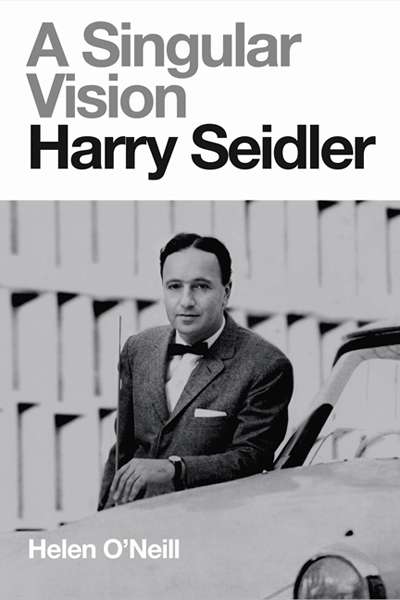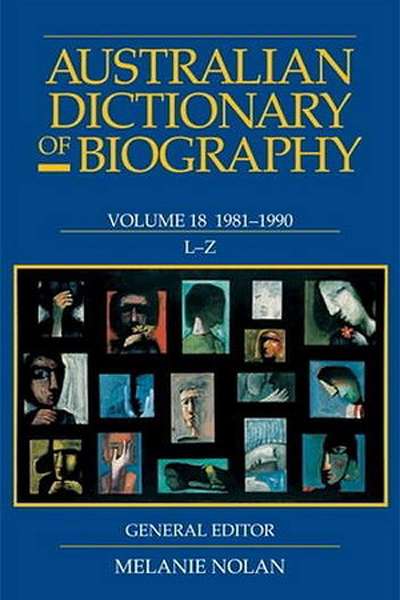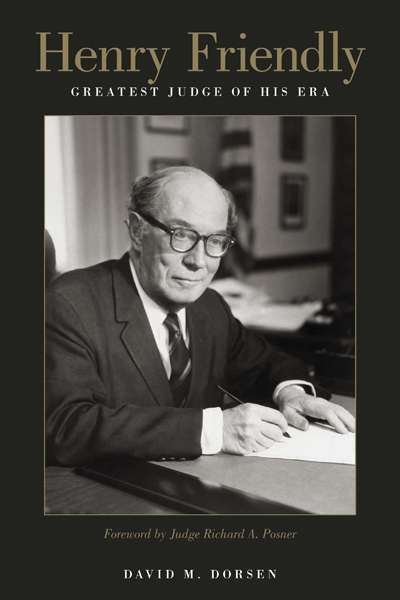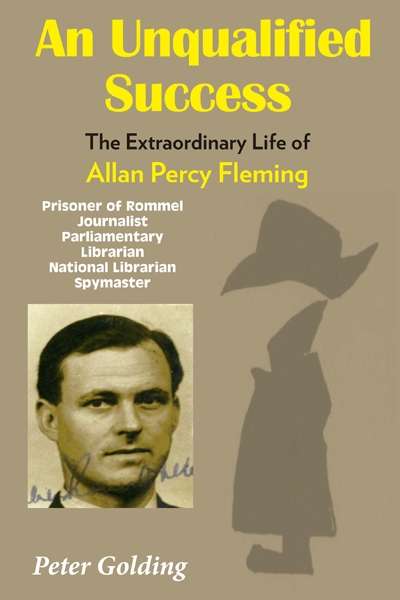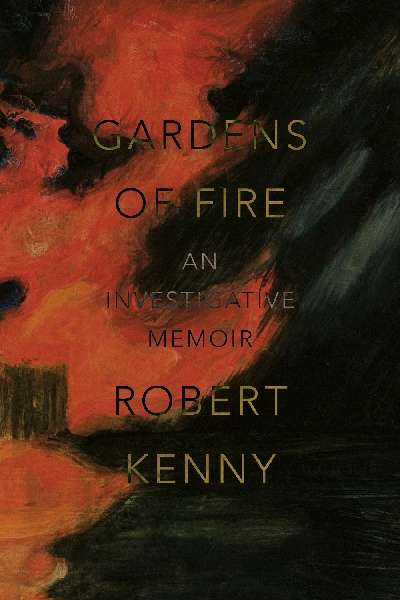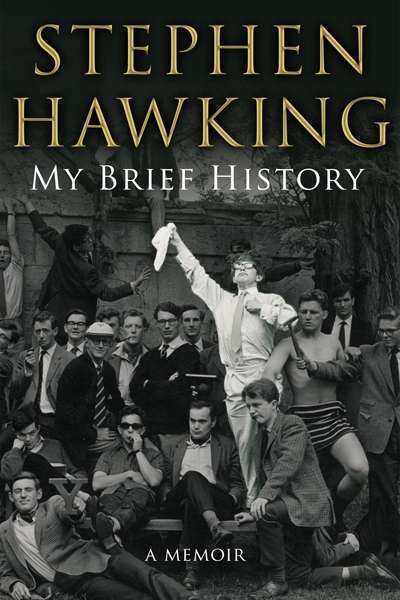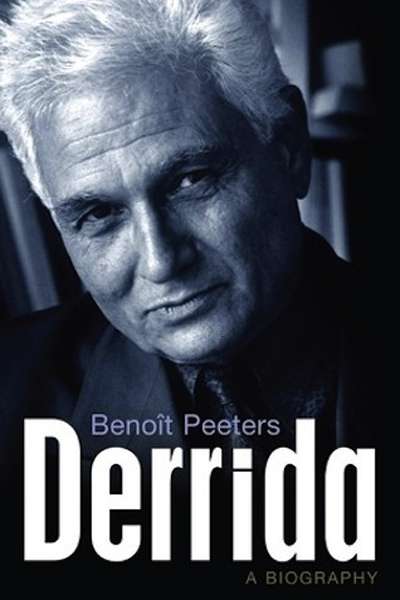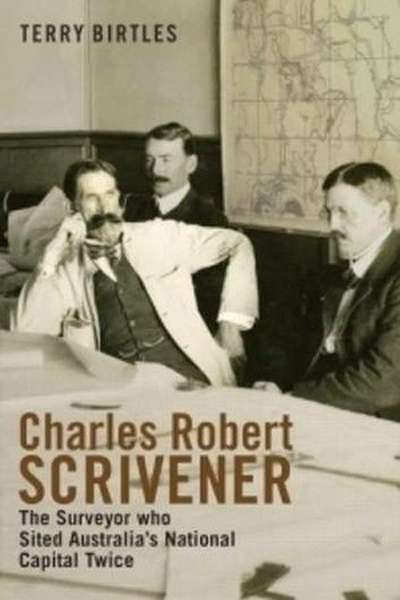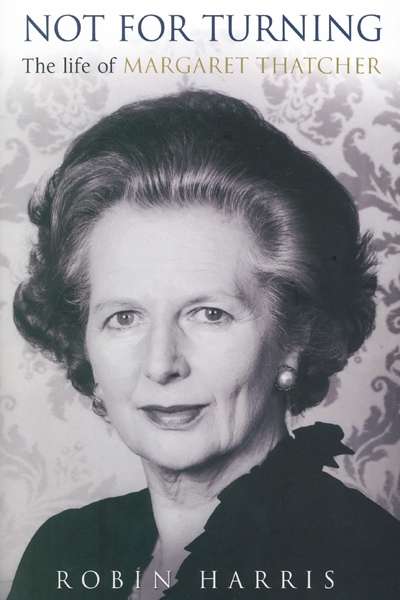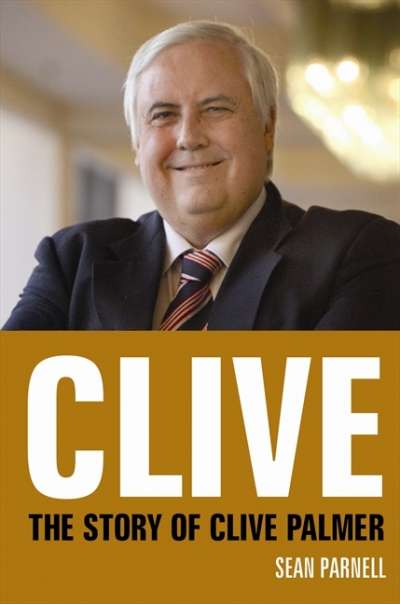Biography
Australian Dictionary of Biography, Volume 18: 1981–1990 (L–Z) edited by Melanie Nolan
by Brian Matthews •
Henry Friendly: Greatest judge of his era by David M. Dorsen
by Michael Crennan •
An Unqualified Success: The extraordinary life of Allan Percy Fleming by Peter Golding
by Graeme Powell •
Gardens of Fire: An Investigative Memoir by Robert Kenny
by Ian Gibbins •
Derrida: A Biography by Benoît Peeters, translated by Andrew Brown
by Shannon Burns •
Charles Robert Scrivener: The Surveyor who Sited Australia's National Capital Twice by Terry Birtles
by Richard Broinowski •
Not for Turning by Robin Harris & Margaret Thatcher by Charles Moore
by James Walter •

